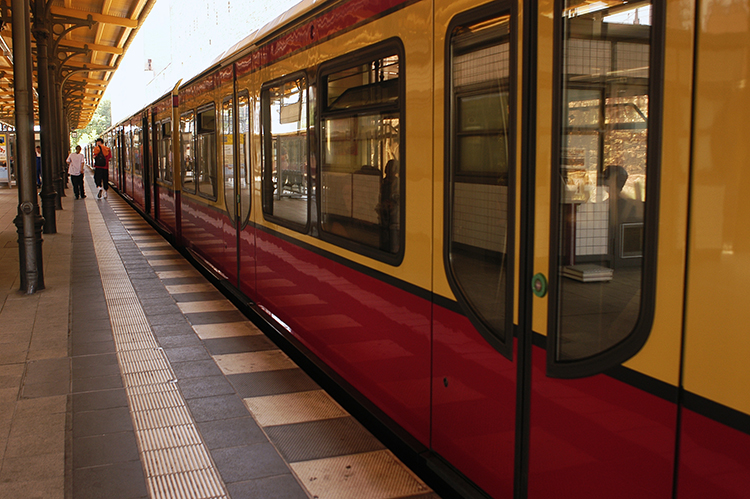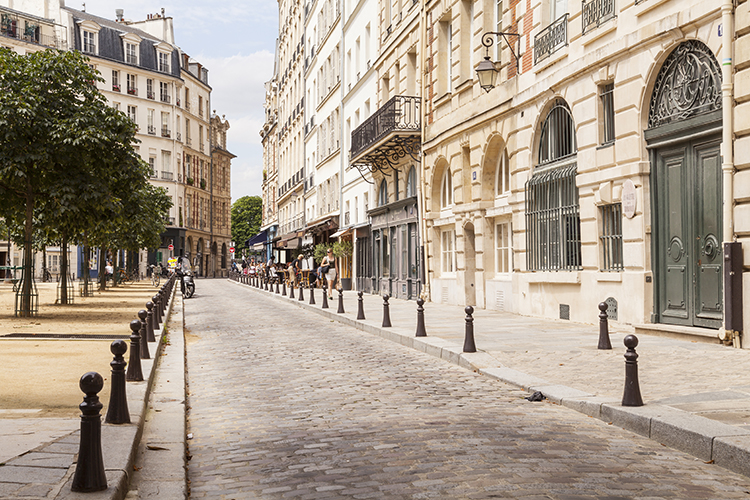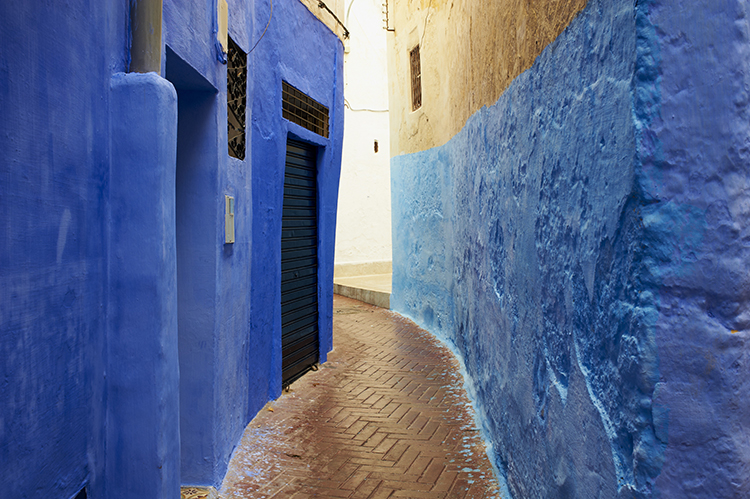From Rainer Maria Rilke’s years in Paris to Paul Bowles’ near lifetime in Tangier, we look at a few of the literary greats in exile, their motivations – whether personal or political – and the ways that places shaped their work during their travels.
And we’ve got some suggestions on how to follow in their footsteps in cities from Havana to Tangier.

‘It is too complicated to explain about the early morning in the hills above Havana,’ Hemingway wrote about Finca Vigía, the house where he lived outside Havana from 1939-1960. ‘I work as well there in those cool early mornings as I ever have worked anywhere in the world.’
Indeed, he wrote For Whom The Bell Tolls and The Old Man and the Sea while in residence there – the latter is set in the nearby waters of Cuba's Gulf of Mexico. Havana was the last of several destinations, including Paris and Key West, with which the American writer (1899-1961) was strongly associated; he left Havana in 1959 when Castro announced his plans to nationalise properties owned by foreigners. It was a bittersweet departure, as Hemingway knew he would never return.
Relive Hemingway's Cuban afternoons with a visit to his hilltop home followed by drinks at his favourite watering holes, La Bodeguita del Medio or El Floridita. Not sure what to order? Just follow the advice of the 1954 recipient of the Nobel Prize in Literature, who showed up regularly to both locations in his red convertible: ‘My mojito in the Bodeguita del Medio and my daiquiri in the Floridita’.

Nabokov (1899-1977) was born and raised in St Petersburg, but his family fled Russia when he was 18. By the early 1920s, they ended up in Berlin, a city where Nabokov would spend the next 15 years of his life. The young writer was no fan of his new home – not helped by the fact that his father, a political journalist, was assassinated in Berlin in March of 1922 – yet he felt compelled to write about it. In 1925 he published a story called A Guide to Berlin that included descriptions of the zoo, a local pub, and the S-Bahn train.
One biographer wrote of these years that Nabokov knew little German, and few Germans except for landladies, shopkeepers, and the petty immigration officials at the police headquarters. And yet Nabokov’s life and career took shape in Berlin. By the time he moved on to France in 1937, he’d published a litany of poetry, novels, novellas, and short story collections, many set in Berlin, that served as a foundation for the runaway success he later found in New York with the publication of Lolita in 1955.
To discover Nabokov’s Berlin, follow the steps of his 1925 guide and visit the Berlin Zoo & Aquarium, which dates from 1844, then go for drinks at the elegant Hotel Am Steinplatz, where Nabokov was reportedly a regular. You can even ride the streetcars Nabokov described. After all, he was a literary great, not a technological visionary: he wrote that ‘the streetcar will vanish in twenty years or so, just as the horse-drawn tram has vanished’. Though West Berlin stopped running streetcars in the 1960s, Berlin still has one of the oldest and largest tram systems in the world.

The poet was born in Prague in 1875. Throughout his relatively short life – Rilke only lived to be 51 – he travelled extensively in Russia, Spain, Germany, Italy, France and Switzerland. These experiences informed his work, perhaps none so much as the years he spent living in Paris.
Rilke first travelled to the City of Light in 1902 on an assignment to write a monograph on the sculptor Auguste Rodin; he would become the artist's secretary shortly after. Though Rodin was already a superstar and a notorious seducer of women, the just-married Rilke was younger, with only halting French skills and aspirations to be a poet, though he was still practically unknown in literary circles. It's no wonder that he saw Paris as a ‘difficult, anxious city’, describing ‘the cruelty and confusion of the streets and the monstrosity of the gardens, people and things’ in a letter to a friend, dated New Year's Eve, 1902.
Yet he found true inspiration in Paris, the city that became his on-and-off residence through 1910, particularly through his relationship to Rodin. Under the great painter's mentoring eye, Rilke transformed his poetic style, producing several key works, including the two Requiem poems and his only novel, The Notebooks of Malte Laurids Brigge, the story of a young man struggling to live in Paris.
Though many of the protagonist's descriptions of the city are predictably dark, a memorable passage takes place in the Musée de Cluny, now known as the Musée National du Moyen Âge or National Museum of the Middle Ages. It's still a traveller's favourite, thanks to the popular series of tapestries The Lady with the Unicorn, lovingly described by Rilke's narrator in Notebooks.

It was Gertrude Stein who suggested Tangier as a place for her friend Paul Bowles (1910-1999) to live and work. On her advice, the New York-born composer and writer set out on his first Moroccan adventure in 1931. Bowles was travelling with his mentor and friend, the composer Aaron Copland – and an upright piano that had to be transported by a donkey to the writer's rented house in an area known as Sidi Masmoudi.
By 1947, Bowles had settled permanently in Tangier. He spent the rest of his life residing in the port city, quickly becoming a fixture on Tangier's social scene and a symbol of American expatriates in Morocco. The place was both setting and subject for his subsequent novels and short stories, notably A Sheltering Sky (1949) and The Spider's House (1955), the latter an exploration of expatriate life and the political conflict between Moroccan nationalism and French colonialism.
Follow Bowles' footsteps to some of the places he details in his 1958 text The Worlds of Tangier: the open-air markets and soccos, the beaches, Café Central, and the back streets of the Medina. As Bowles wrote of walking here, ‘With nothing more dangerous than pedestrians and an occasional burro to worry about bumping into you, you can devote part of your mind to coming to grips with your ideas’.